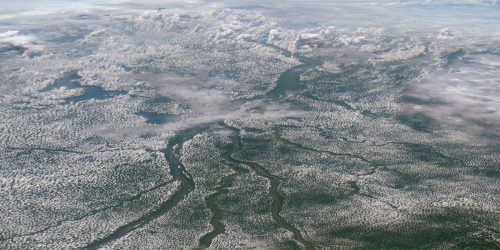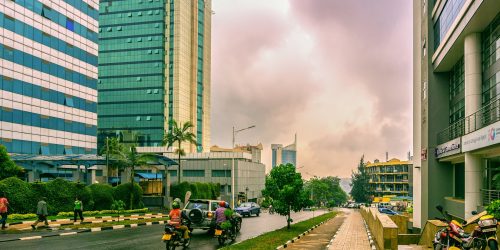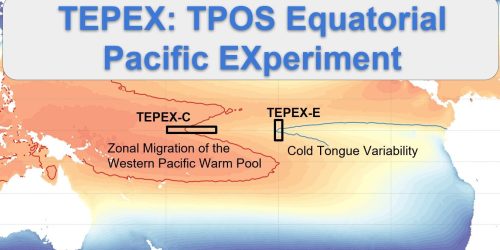Secondary organic aerosol (SOA) is an air pollutant consisting of very small particles which negatively impacts climate and human health. An important source of SOA formation in the atmosphere is through chemical reactions of volatile organic compounds (VOCs). One such prominent group of biogenic VOCs are called monoterpenes, commonly found in plants.
Laboratory experiments and atmospheric models usually assume that SOA formation is due to chemical transformations of single compounds, but a new study, partially funded by the Climate Program Office’s Atmospheric Chemistry, Carbon Cycle and Climate (AC4) Program, explores how different monoterpenes can mix to form SOA. This research, led by AC4-supported scientist Nga Lee “Sally” Ng, used laboratory experiments to simulate SOA formation from a mixed reaction of two specific monoterpenes. One may expect the two compounds to behave similarly when mixed, but the results show an enhancement of SOA formation from one monoterpene and a reduction from the other. Published in Nature Communications, these findings are only a starting point to understanding the complexities of atmospheric reactions, and they emphasize the importance of studying interactions between different compounds that form SOA. The AC4 Program supports this work as part of an ongoing effort to better characterize aerosol formation and its environmental and societal impacts.
Read the Georgia Tech press release










